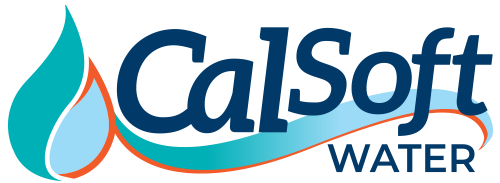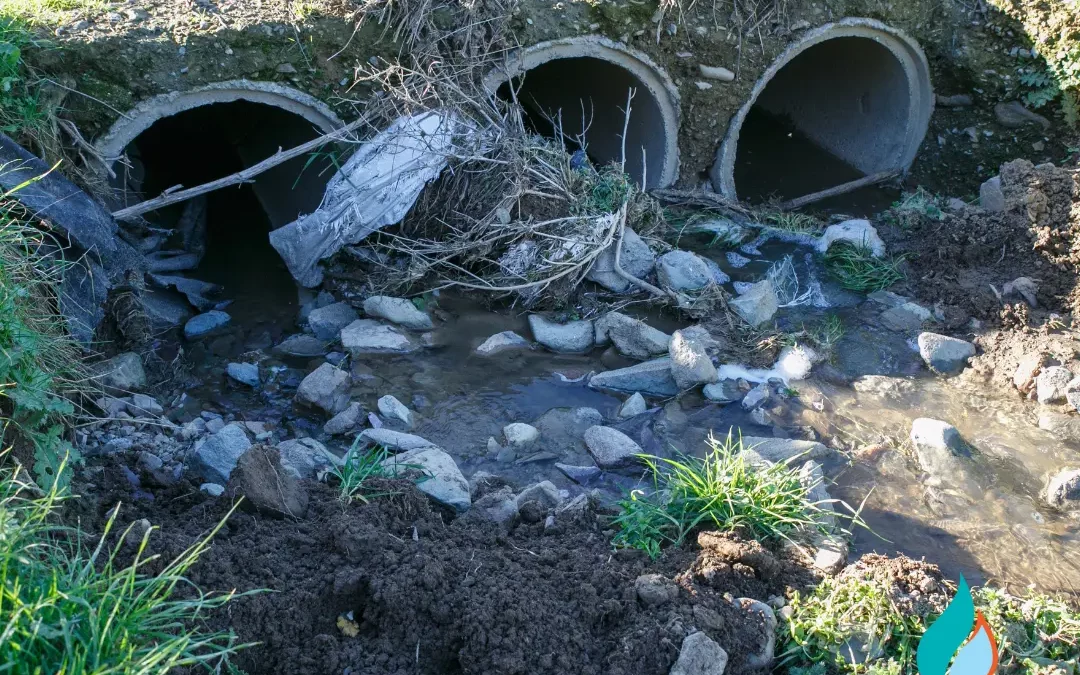The Clean Water Act established national standards for regulating water pollution back in 1972. This law made it illegal for industrial factories and farms to divert their wastewater back into the surrounding rivers and streams. Although the Clean Water Act did succeed in curtailing pollution from these point sources, access to clean drinking water continues to be a major concern today.
Fifty years after the Clean Water Act, just how clean are our waterways?
Not very clean, according to the latest report by the Environmental Integrity Project. The Environmental Integrity Project, or EIP, is a nonprofit initiative that advocates for reduced pollution through the effective enforcement of current environmental laws. In fact, says the EIP, nearly half of all U.S. rivers, streams, and lakes are too polluted for swimming, fishing, or drinking.
Reducing Water Pollution and Getting Cleaner Water Doesn’t Happen Overnight
“The Clean Water Act should be celebrated on its 50th birthday for making America’s waterways significantly cleaner,” says Eric Schaeffer, Executive Director of the EIP and former Director of Civil Enforcement at the Environmental Protection Agency (EPA). But reversing the negative effects of pollution requires time– and resources. “We need more funding, stronger enforcement, and better control of farm runoff to clean up waters that are still polluted after half a century … We owe that much to our children and to future generations.”
As of this year, as much as fifty percent of the river and stream miles assessed are polluted enough to be classified as “impaired,” or unsafe, says the EIP. The report, called “The Clean Water Act at 50: Promises Half Kept at the Half Century Mark,” also pulls state data maintaining that 55 percent of lake acres and 25 percent of bays and estuaries assessed are impaired and cannot be safely used by the public.
Not only are U.S. waterways seriously compromised, but California’s rivers and streams are some of the most contaminated. And considering water is a non-renewable resource, we know that the condition of a community’s surface water can have a direct impact on water quality.
The Impact of a Cleaner California
Despite the Clean Water Act investing more than one trillion dollars into wastewater treatment plants over the years, many argue the act has not delivered as promised. “The fight for clean water is far from over, and for all its successes, the Clean Water Act has still not met its promise of achieving and protecting fishable and swimmable waters for all in California or anywhere else,” says the Executive Director of LA Waterkeeper, Bruce Reznik.
The latest report from the EIP includes extensive data on the effects of water pollution in each state. While Indiana, Florida, Louisiana, Delaware, and Iowa top the lists of most impaired waterways, California takes the top spot for the most miles of contaminated rivers and streams. California was ranked first for most miles of impaired drinking water and third for most miles of impaired water for fish consumption.
So what happened between then and now? The Clean Water Act has been credited with cleaning up waterways throughout the 1990s and 2000s, contributing 16,507 more miles of swimmable rivers and streams, and another 24,713 more miles made fishable. While the CWA paved the way for increased funding and stricter enforcement concerning water pollution, it failed to establish universal regulations for waterway impairment designation among all 50 states, making an accurate assessment of water quality almost impossible. Additionally, we must consider that since few states monitor all waterways as required, higher reported levels of water pollution in some states could simply be the result of more monitoring.
Let’s Protect What Connects Us and Reduce Water Pollution
As we navigate water shortages and drought conditions, how can California residents contribute to the protection of the world’s most precious and non-renewable resource?
Less Water Pollution Means Better Drinking Water
It’s important to remember that surface water pollution directly affects drinking water quality. Most tap water comes from surface water or groundwater. When wastewater is dumped or diverted to a local river or stream, the surface water can become contaminated, compromising the quality of drinking water.
The Clean Water Act introduced national standards for water quality, but as Reznik insists, “Greater enforcement is critical if we hope to meet our greatest water-related challenges, including ensuring equitable access to clean water.” Americans and Californians alike should hold the EPA accountable for maintaining industry water pollution control systems, including consistent updates with technology. Despite the legal responsibility to review industrial discharge limits, there is currently no system in place to keep even the biggest polluters in check.
Cleaner Waterways Means Thriving Together!
Make the effort to protect what connects us – our waterways. To achieve the goal of 100% swimmable, fishable waterways, with equitable access to clean drinking water, we need to push Congress and lawmakers to create a consistent system of water assessment, including universal guidelines, increased spending, and stricter enforcement. Cleanup plans, called Total Maximum Daily Loads or TMDLs, can be a great community tool in reducing pollution and building the connection between pollution, water quality, and community. A commitment to cleaner water isn’t just personal! Committing to cleaner waterways protects those connections we value most and allows us to thrive together.
Just because you want the best for the environment doesn’t mean you can’t have the best for yourself and your family! Our Portable Exchange Tank Service provides access to soft water without any hassle to you or harm to the environment. Since this method reduces water usage and sodium discharge, our portable exchange tanks are the most eco-friendly way to get soft water in your home.
If you’re ready to make water conservation a part of daily life, contact us today! Our experts will help you find the best water treatment solution for you and the environment.

